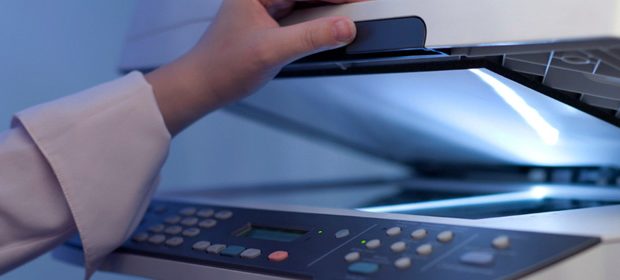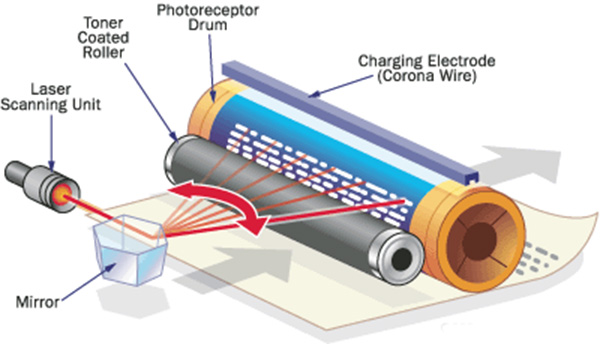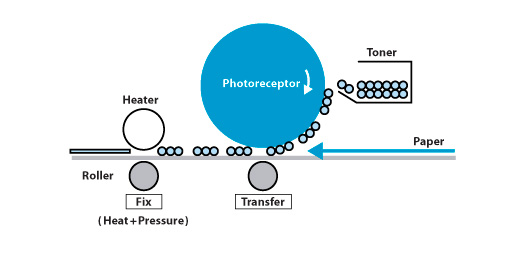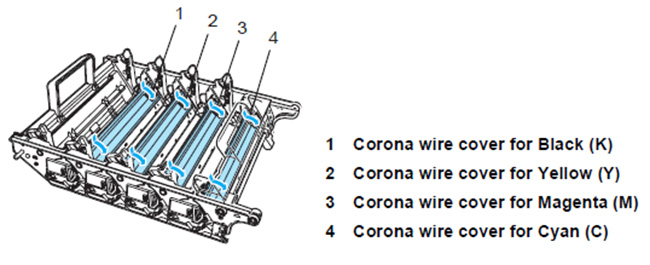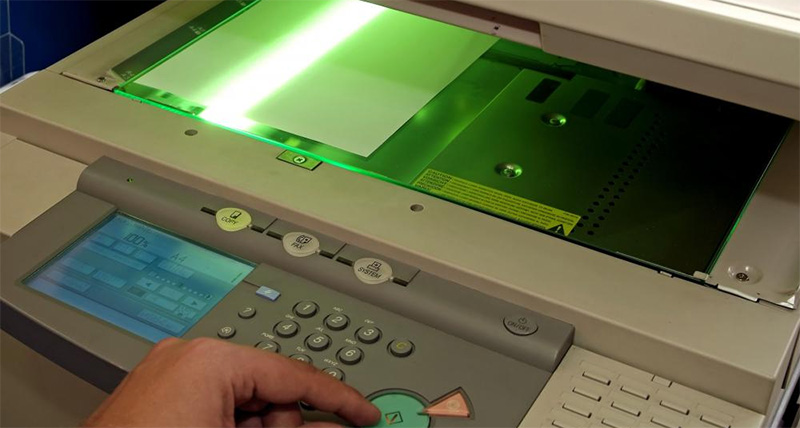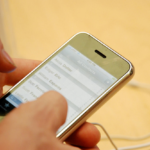What Really Happens When You Photocopy a Sheet of Paper?
I think I’m right in saying that there’s probably a photocopier machine in every single office you can think of. They’ve become standard equipment, much like desktop computers, or desks and chairs. We all use the photocopier but have you ever thought what goes on inside this little beauty while waiting for it to print your copies and spit them into the paper tray? It’s a pretty amazing invention, don’t you think? Well, what goes on inside is also amazing and surprisingly simple. Here’s what happens when you photocopy a sheet of paper:
The Photoreceptor Drum
The photoreceptor drum, or belt, is the star of the photocopier show. This shiny metal drum is coated with light-sensitive material charged with static electricity. Light is reflected from the original document through a lens. A positively charged image forms on the light-sensitive surface. The toner gets dusted on the drum and adheres to the image. The image is then passed onto positively charged paper and heated for a moment. The heat melts the toner and creates a copy. But how can the surface area of the drum match the size of the image of our document? The solution is rotation. If the drum is rotated in time to the movement of the light beam across your document, the image is built up, strip by strip.
The Corona Wires
The only way a photocopier can work is when a field of positive charges are generated on the surface of the copy paper and the drum. The corona wires make this happen. Corona wires are exposed to a high voltage that is transferred as static electricity to the drum and paper. One of the corona wires charges the photoconductive surface of the drum with positive ions, and the other coats the paper’s surface as it passes by on its way to the drum.
Let There Be Light
In order to make a photocopy you have to have a strong light source. The light has to have enough energy to push the electrons out of the photoconductive atoms. So what wavelengths of light are able to do this? Well, it seems that most of the visible light spectrum has more than enough energy to drive this process but the green and blue end of the spectrum are the most effective. The red end of the spectrum doesn’t have enough power to activate the photoconductor. What about UV light? Would that have the energy? Yes, it would, the only problem is that it can be very damaging to our eyes and skin … and that’s why the lights used by photocopiers are either fluorescent bulbs that flash light onto the original document or incandescent lights.
When the copier light comes on, it’s programmed to move across the inside of the machine, shining on one strip of the paper at a time. The light has a mirror that’s attached to the lamp assembly. This mirror is responsible for directing the reflected light through a strong lens onto the rotating drum below. The lens is exactly the same as you’d find on your camera, and what it does is allow you to focus a copy of the image in a particular place. Although you can’t focus the image on a photocopier to make the final product more clear or sharp, you can alter the distance from the lens and the drum, or from the lens and the original copy. This will either increase or reduce the size of the original image on your copy.
How Does Toner Work?
You may have heard people refer to toner as dry ink, but toner isn’t actually an ink at all. It’s a super-fine, plastic-based powder that’s negatively charged. Stored inside a cartridge in your photocopy machine, the substance that is toner is actually attached to larger beads that are positively charged. As the toner-coated beads pass over the photocopier drum, the particles of toner are attracted to the positively-charged ions on the drum’s surface rather than being attracted to the weakly-charged beads. These same toner particles are even more attracted to the paper that’s electrostatically charged. And when heat is applied to the toner, the plastic particles simply melt and fuse the black pigment to the paper. So, to recap, the exposed areas of the drum move around past the rollers that are coated with tiny toner beads. These toner particles are pressed down against the surface of the drum, and the plastic-based toner particles, which have a negative charge, are then attracted to the areas of positive charges that have remained on the drum’s surface.
Article credits: Written by Lloyd B Wells, a freelance writer finding his way in the tech industry – working with PBS Group for elements of the information in this post.

